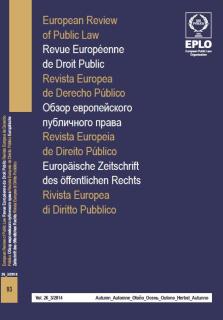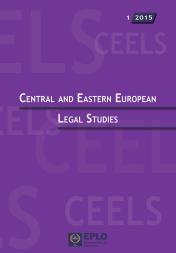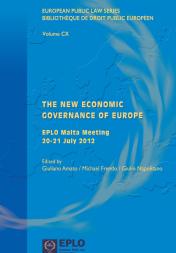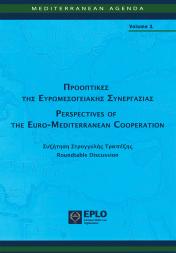
Administrative Law / Droit administratif
BELGIUM / BELGIQUE
LA REFORME DU CONSEIL D'ETAT DE BELGIQUE
ROBERT ANDERSEN
Professeur émérite de l'Université catholique de Louvain; Premier président émérite du Conseil d'Etat
This chronicle aims to give an overview of the recent reforms of the Conseil d'Etat of Belgium on jurisdictional matters. This reform is double-sided: The first aspect is about diversifying the range of instruments that are at the disposal of the administrative judge in order to sanction illegality. Significant improvements have therefore been carried out in terms both of provisions and of substance. The principal innovation consists in initiating the administrative loop which aims to correct in the course of proceedings a contested administrative act. The reform has also a second aspect: The Conseil d'Etat sees itself being attributed a totally new competence. At the conclusion of the annulment proceedings and after, the administrative judge can provide the victim of the administrative act declared illegal, compensation for damage suffered due to this illegality. This latter competence has necessitated the revision of Article 144 of the Constitution which previously gave to judicial power an exclusive jurisdiction as concerns civil liability of public law bodies. All these procedural measures, connected to the reorganisation of the institution in a more managerial sense, help to achieve the same objective: a faster and more efficient administrative justice. The future will tell if this reform - entered into force in 2014 - will meet the expectations.
La chronique se donne pour objet de donner un aperçu général des réformes récentes du Conseil d'Etat de Belgique en matière juridictionnelle. Cette réforme comporte un double volet. Dans le premier volet, il s'agit de diversifier la gamme des instruments dont dispose le juge administratif pour sanctionner l'illégalité. Des améliorations sensibles sont ainsi apportées tant au niveau du provisoire qu'au niveau du fond. La principale innovation consiste en l'instauration de la boucle administrative qui vise à corriger en cours d'instance un acte administratif vicié. La réforme comprend également un second volet: le Conseil d'Etat se voit attribuer une compétence entièrement nouvelle. A l'issue de la procédure en annulation et dans sa foulée, le juge administratif peut accorder à la victime de l'acte administratif déclaré illégal, l'indemnité réparatrice du préjudice subi du fait de cette illégalité. Cette dernière compétence a nécessité la révision de l'article 144 de la Constitution qui précédemment réservait au pouvoir judiciaire une compétence exclusive en matière de responsabilité civile des personnes de droit public. Toutes ces mesures procédurales, jointes à la réorganisation de l'institution dans un sens plus managérial, concourent à la réalisation d'un même objectif: une justice administrative plus rapide et plus performante. L'avenir dira si cette réforme - entrée en vigueur en 2014 - répondra aux attentes.





















